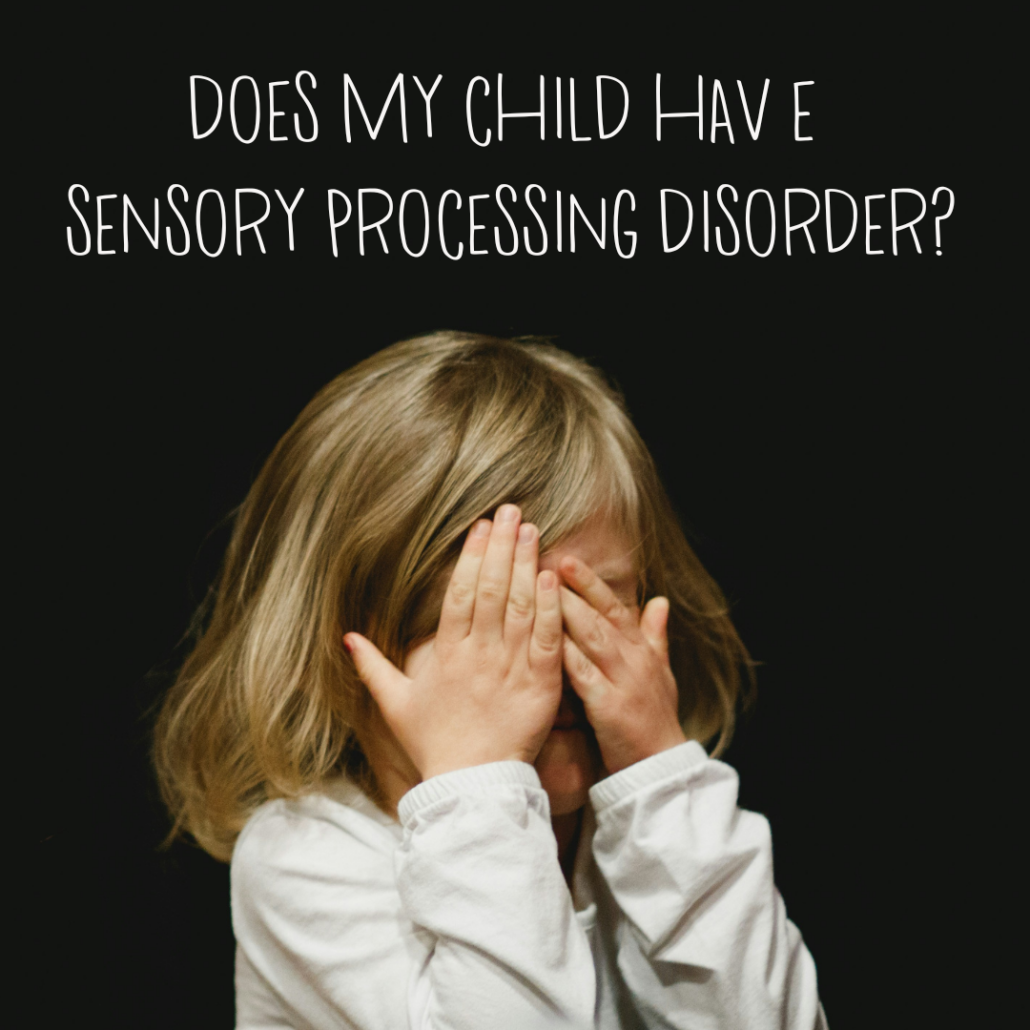Does my child have Sensory Processing Disorder (SPD)?
Exploring Sensory Processing in Children with Autism
Aisling Hagan, MA, and Clinical Resident at Bright Behavior Inc.
Have you ever noticed your child gag when eating certain textures? Or prefer for the lights to be off in the room? Or even cover their ears outside, even though you didn’t hear anything?
Individuals impacted by Sensory Processing Disorder (SPD) can rarely detect what sensory stimuli are affecting them and how. However, with a bit of information about SPD, you can be aware of what may be impacting their senses and how to help support them.
What is Sensory Processing Disorder?
Sensory Processing includes the brain’s ability to process sensory information (stimuli). Common sensory information includes things we hear, see, smell, taste, or touch. Those with Sensory Processing Disorder (SPD) generally display a sensitivity to stimuli that others cannot relate to.
A common misconception regarding SPD is that the individual impacted by it will overreact when in contact with nonpreferred sounds, textures, and tastes; however, those impacted by SPD can also underreact. For example, a child may seem to have a high tolerance for pain or not appear to notice others in a crowded room. It is possible for an individual affected by SPD to have oversensitivity, undersensitivity, or a blend of the two.
How does this impact my child?
Over-sensitive
Those who are considered over-sensitive will be noticeably agitated by:
- Sounds – loud airplanes, trains, or things in the far distance that cause them to cover their ears
- Bright lights
- Textures of clothes – resistance to rough or specific textures, favoring softer textures
- Textures of Food – rigidity in diet choices, such as only eating crunchy foods
It is common for children with SPD to become overstimulated, increasing the display of tantrums, social isolation, or rigidity.
Under-sensitive
Those who are considered under-sensitive will appear to be disconnected from societal expectations. These individuals are likely to be:
- Hyper-active – seek stimulation through jumping, spinning, mouthing inappropriate items
- Can sometimes experience difficulty with sleeping
- Minimal or no reaction to pain – doesn’t notice when they stub their toe or skin their knee
How can I help my child?
Rethink Stereotypy
Have you ever tapped your foot while anxiously waiting in the doctor’s office? Twirled your hair around your finger while making a phone call? Or tapped your pen on the edge of the table while attending a meeting? These are all behaviors we engage in to help us focus, similar to the stereotypy we see in those with autism.
While hand flapping, doing a quick spin, lining up toys, or reciting their favorite commercial under their breath may catch a few glances, your child is likely attempting to regulate their sensory processing system. “Stereotypies can be a visible read-out of a person’s state of being, both negative and positive” (McCarty and Brumback, 2021).
Studies show that stereotypies increase following a trigger. However, people can also engage in stereotypies when happy. It is safe to say that stimming can aid an individual who may suffer from SPD by organizing their thoughts, helping them focus, or getting rid of excess energy.
Be Proactive
Read your child’s body language to identify specific sounds, textures, etc., that they are especially sensitive to. For example, if your child is showing sensitivity to loud noises, purchasing noise-canceling headphones to wear when they are exposed to loud noises can make a monumental difference. If your child is showing a great interest in being stimulated by textures, purchase texture tiles or other sensory-fulfilling items.
Reach out to Your Pediatrician
If you think your child may have SPD, it is best to contact your pediatrician. They may give you a formal diagnosis and connect you with an occupational therapist.
References
McCarty, M. J., & Brumback, A. C. (2021). Rethinking Stereotypies in Autism. Seminars in pediatric neurology, 38, 100897. https://doi.org/10.1016/j.spen.2021.100897
Medical Home Portal – Sensory Processing/Integration Disorder. https://www.medicalhomeportal.org/clinical-practice/common-issues-for-cyshcn/sensory-processing-integration-disorder
Medical home portal – sensory processing/integration disorder. https://www.medicalhomeportal.org/clinical-practice/common-issues-for-cyshcn/sensory-processing-integration-disorder





Leave a Reply
Want to join the discussion?Feel free to contribute!